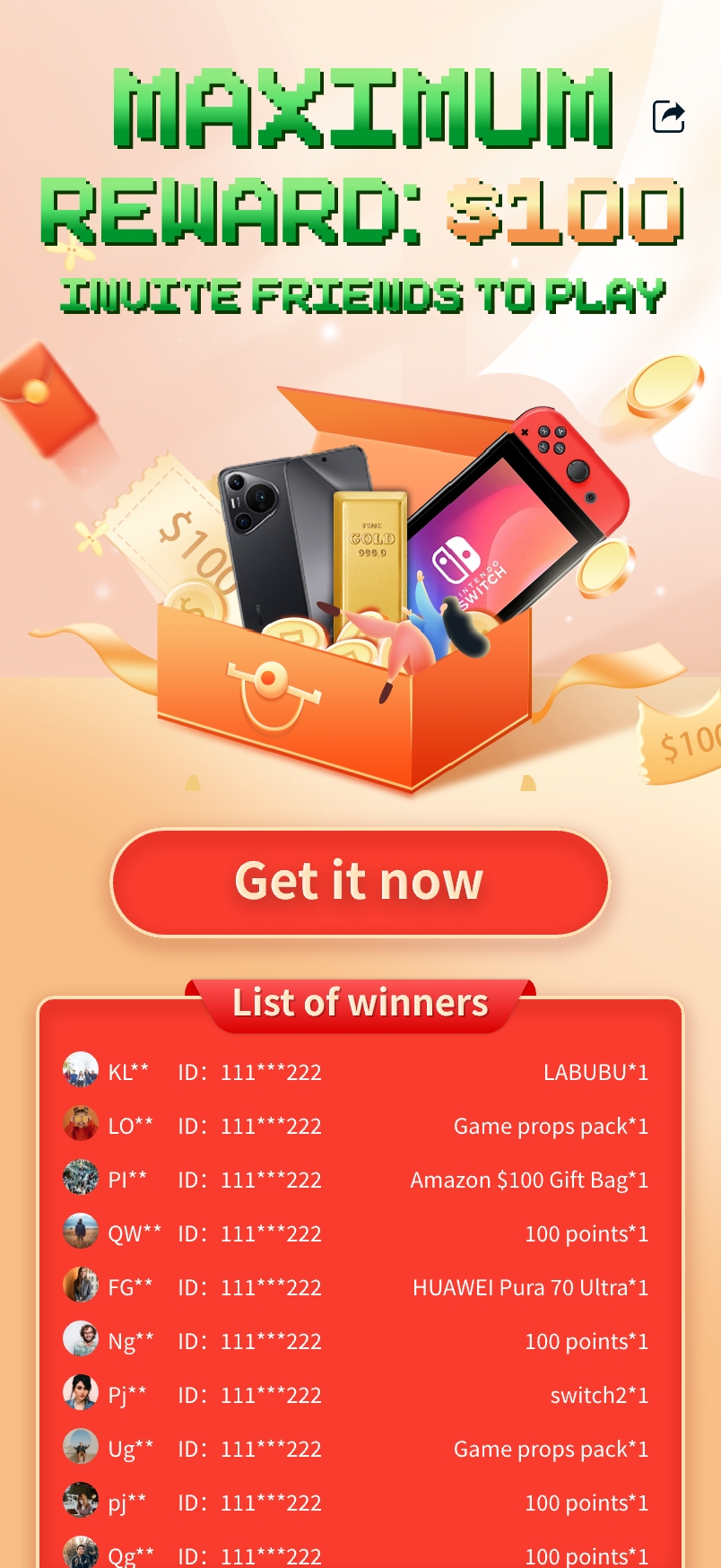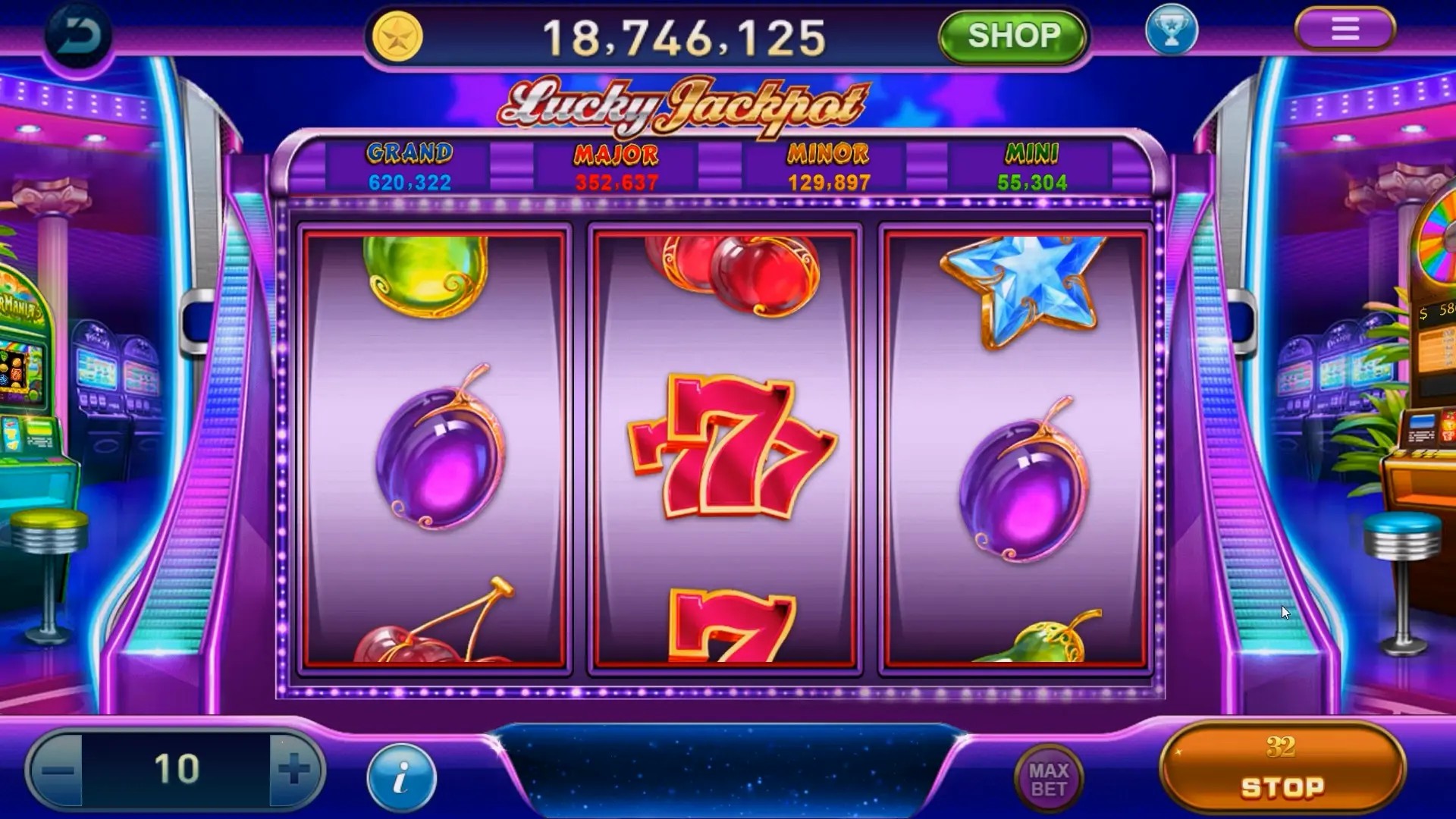Why Open World Games Are Reshaping Creative Expression in 2024
Let’s face it—video games aren’t just entertainment anymore. Especially creative games built on open world frameworks. They’ve become digital playgrounds where players sculpt their narratives, build empires from scratch, or simulate survival in unforgiving ecosystems. And 2024? It’s shaping up to be the biggest year yet for titles that push imagination into uncharted terrain.
In places like the Philippines, where mobile and console adoption is growing at lightning speed, open world titles aren’t niche anymore. They’re a new form of literacy. A way for younger minds—and seasoned players—to learn systems thinking, resource management, and even social diplomacy. All through play.
The Creative Evolution of Open World Design
Gone are the days when open world games were glorified theme parks with fast-travel pads and side quests you could finish in minutes. Today’s designs are immersive ecosystems. Think ecosystems where your actions ripple across communities. Chop down too many trees? Villages starve. Build alliances recklessly? Factions turn on you. These are sandbox experiences, fine-tuned to reward curiosity and punish blind grinding.
Creativity here isn’t about painting in-game canvases. It's emergent storytelling. A mix of trial, error, and improvisation.
Top Creative Sandbox Games Launching in 2024
- Horizon Aurora Forge – A speculative sequel blending robotics, tribal engineering, and eco-restoration. Players design sustainable habitats while fending off rogue AI predators.
- Terrafuse: Echo Realms – A hybrid city-builder and dungeon-crawler with fully destructible biomes. Your city’s infrastructure affects magic flow in the region.
- Nebula Crafter: Odyssey – Zero-gravity world shaping, resource synthesis, and faction negotiation across 12 galaxies.
- Chrono Build VR – One of the first VR open world platforms focused on procedural architecture and physics-driven inventions.
Serious Cognitive Benefits of Creative Gameplay
It’s not just fun and pixels. Cognitive studies—some out of Manila and Cebu’s tech hubs—are showing a strong link between creative games and spatial reasoning, multitasking, and emotional intelligence. When you manage an evolving economy in a virtual world, or negotiate peace among warring villages with differing ideologies, you’re engaging high-level neural circuits.
Kids who play open-ended games often show better problem-solving fluency in classroom environments.
What Are the Seven Kingdoms in Game of Thrones?
You might wonder why this pops up in a discussion about creativity. Because worldbuilding—like that in the Game of Thrones universe—is the backbone of any compelling open world games environment.
The seven kingdoms are: The North, the Vale, the Rock, the Reach, the Stormlands, Dorne, and the Iron Islands. Each has its own economy, politics, terrain, and cultural ethos. When George R.R. Martin imagined this, he was essentially crafting a sandbox—just one without code.
In 2024, game designers are taking a page from that. They're not just building maps; they’re constructing believable systems with internal logic. No more cardboard cutouts. Kingdoms collapse from bad grain distribution. Revolutions brew over water taxes.
| Kingdom | Cultural Theme | Key Economy | Geographic Feature |
|---|---|---|---|
| The North | Survivalist, loyal | Fur, timber | Forests, frozen rivers |
| The Vale | Proud, isolationist | Grain, trade routes | Mountains, narrow passes |
| The Rock | Mercantile, wealthy | Gold, mining | Caves, cliffs |
| The Reach | Elegant, agrarian | Wine, crops | Fertile plains |
From Narrative Depth to Player Agency
Player freedom isn’t just about which mountain path to climb. In today’s best creative games, your influence changes the DNA of the world. In some games, you’re not even the hero. You’re the architect. The judge. The mad inventor. These aren’t power fantasies—they’re ethical playgrounds.
The difference from past eras? These choices have long-term memory. Lie to a village elder? His descendants won’t trade with you centuries later, in games with time-scaled evolution.
The Rise of Locally Inspired Open Worlds in Southeast Asia
Western studios aren’t the only ones innovating. Filipino developers like BitCrest Interactive and LavaPunk have quietly launched alpha versions of open world games rooted in Mindanao mythology and Visayan sea folklore. In these, “building" isn’t about brick and steel—it's about restoring ancestral spirits, maintaining ritual balance, and re-weaving cosmic harmony.
Why does this matter? Because it proves creative gameplay isn't culturally monolithic. Creativity can be expressed through coconut diplomacy, storm chanting, or outrigger engineering just as much as it can through laser grids and mech suits.
Balancing Chaos and Design in Player-Driven Worlds
Here's a paradox: the most "free" worlds require immense internal design. If a player hacks a mountain into an airport, can local wildlife adapt? Can NPC trade routes recompute? Is there a risk of inflation when someone mass-produces in-game coconuts? These might sound silly, but they’re real design considerations in 2024.
Game engines like QuantumForge and HelixNet allow procedural cause-and-effect chains. So if you dam a river in-game, expect a drought downstream, even if that village wasn’t “designed"—it emerged from the simulation.
What’s the Buzz Around Delta Force: Black Hawk Down for PS5?
Ahh—now we shift gears slightly. While delta force black hawk down ps5 isn’t exactly a creativity showcase, it serves as a reminder: not every open world game needs art galleries or poetry crafting to inspire imagination.
The 2024 remaster—rumored, not yet confirmed—promises dynamic mission outcomes based on squad positioning, morale levels, and real-time radio chatter. In theory, it introduces “adaptive realism"—each mission changes slightly based on weather, gear wear, and even squadmate personalities.
Is this creativity? In a military context, yes. Tactical improvisation under pressure is a form of real-time design. Deciding to breach through the back instead of the roof alters AI routines, changes hostage locations, and forces new outcomes.
If the PS5 version delivers, it’ll appeal not just to nostalgia-driven players but to tactical educators in training academies. Some schools in the Philippines already use simulation mods from the original for leadership workshops.
How Schools in the Philippines Are Integrating Creative Games
In urban schools across Metro Manila and Cagayan de Oro, after-school programs are using creative games like Minecraft: Education Edition and a localized Tagalog version of Survival City Build to teach urban planning and disaster resilience.
After the 2023 typhoon season, one classroom reconstructed their entire barangay in a voxel engine, adding elevated homes, rainwater harvesting, and early warning networks.
These kids aren't “playing" in the old sense. They're problem-solving. And they're more engaged than with textbooks.
The Hidden Economy of Creative Open World Platforms
Did you know that some open world games now support in-game currency creation? Not the usual microtransactions—actual digital minting. In a closed ecosystem on a Filipino indie game server, players once issued "coconut notes" backed by harvest data. The central bank of the game—controlled by moderators—had to step in to prevent hyperinflation when someone found a glitched tree.
This sounds fun. It is. But it's also economics. Behavioral modeling. And sometimes even fraud investigation.
Accessibility: Making Creative Games Reach More Players in PH
A big challenge in spreading the power of open world games is cost. Not every household can afford a PS5, Xbox, or high-end gaming laptop. However, cross-platform support is improving.
Tiles, a Manila-based developer, launched Ayaw Mo Ba? Build Mo! (Wanna Build It?)—a browser-based sandbox using compressed cloud rendering. It runs on low-end phones, even on prepaid mobile data. No downloads. Players build villages, negotiate resource deals, defend against AI-driven “corrupt politicians," and trade influence.
More of this is coming. And needed.
Why Emotional Creativity Matters in These Worlds
“Creativity" doesn’t only mean engineering bridges or coding mods. In some titles, you express yourself through social choices. Apologize to a grieving NPC and change her entire career path? That counts.
In a game called Barangay Echo, launched quietly in Negros, players mediate family feuds, host community gatherings, or sabotage local rivals through gossip chains. Winning isn’t combat—it’s emotional fluency.
Creativity in play has always included emotional invention—crafting a role, maintaining a lie, showing empathy in moments of digital tension.
What to Watch for in Q3–Q4 2024
If you’re into creative games, here’s the shortlist you should be tracking:
- Isles of Banao Remake – Original 2003 PH-made RPG getting full open world upgrade.
- Minecraft x Palawan Collaboration – Build coral reefs and reforest tamaraw habitats, then compare with real conservation stats.
- Aether Craft VR+ – Haptic gloves support added, allowing users to literally feel in-game materials during construction.
Key Takeaways from the Open World Creativity Surge
Let's recap the big insights—this is what you should hold onto as you explore, design, or even just ponder these evolving spaces.
- Player agency now equals world logic. Actions matter across days, even simulated decades.
- Cultural context fuels innovation. Local myths can power more original games than generic dragons.
- Creativity isn’t just building—it’s adapting. From economy tweaks to moral compromises.
- Educators are quietly embracing game platforms as tools for civic and systems thinking.
- Balanced accessibility is the next frontier. Creative play shouldn’t be limited by income.
Conclusion
So where do we stand at the midway point of 2024? The concept of what qualifies as a creative games experience has expanded. From the high-simulation depth of Horizon Aurora Forge to grassroots community tools like Ayaw Mo Ba? Build Mo!, players across the Philippines and beyond aren't just consuming content—they're creating realities within realities.
Open world games have ceased being entertainment-only zones. They're sandboxes for systemic thought, cultural experimentation, and soft skill development. Even titles not designed with “creativity" as their core, like potential delta force black hawk down ps5 remasters, now incorporate player-led adaptation and decision cascades that challenge mental agility.
And for those asking “what are the seven kingdoms in game of thrones" while deep into building their own game lore—know this: the magic isn’t in the answer. It’s in asking, imagining your own seven realms from a bamboo village on a river delta, then giving them history, purpose, and conflict.
The real win in all this? A future where more Filipinos see games not as escape—but as invitation.



